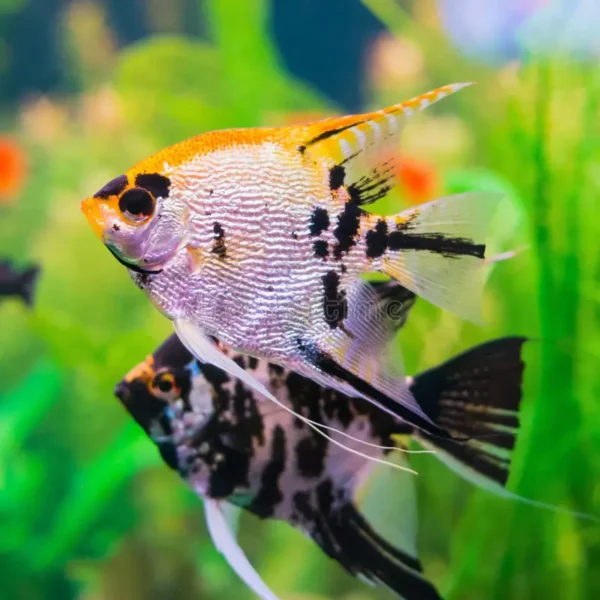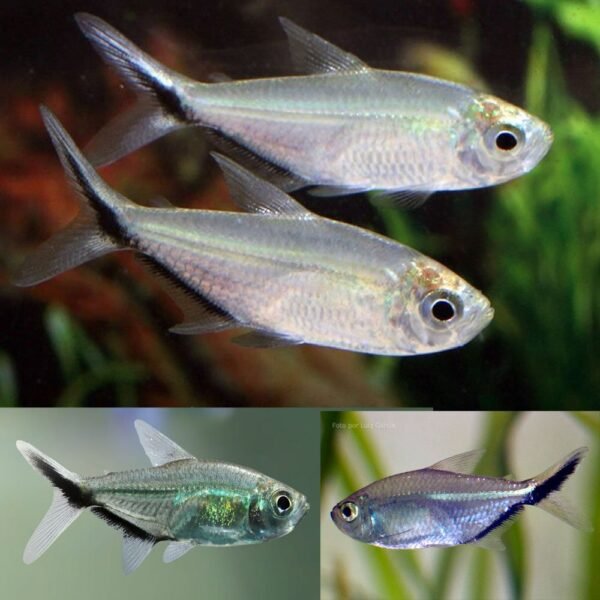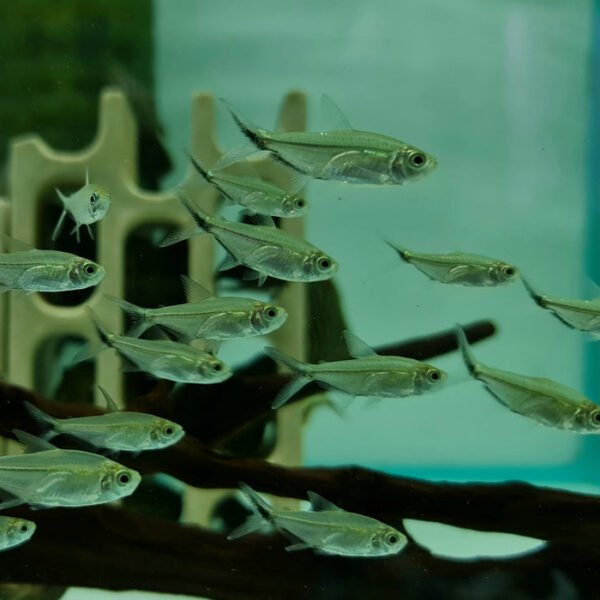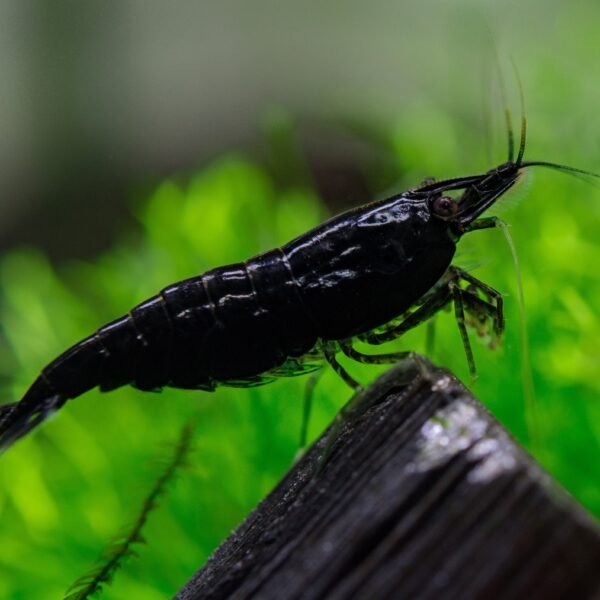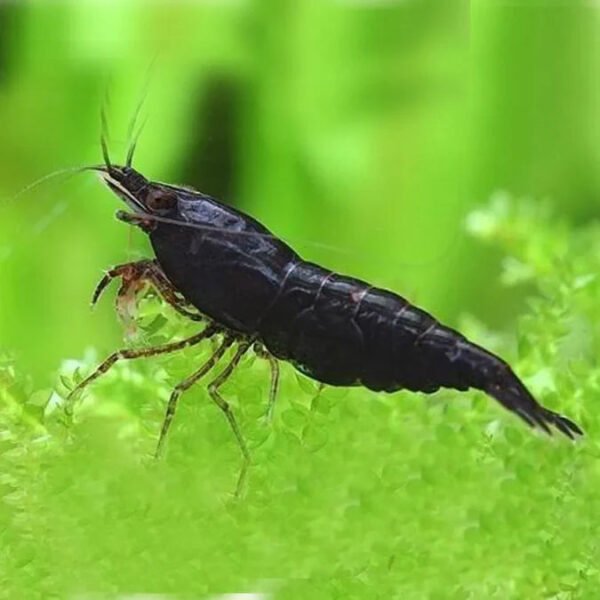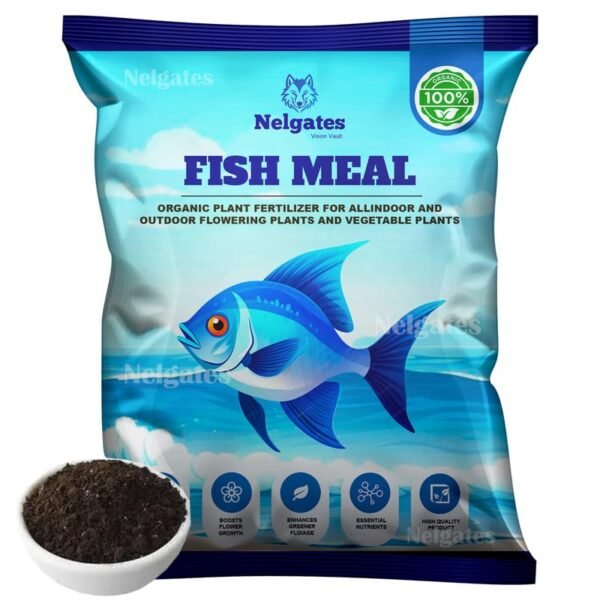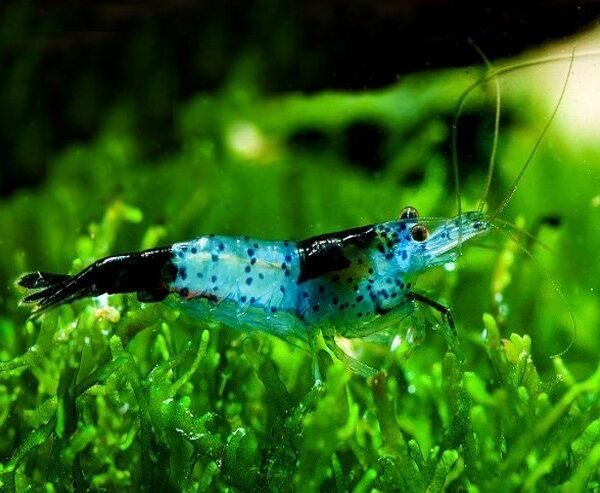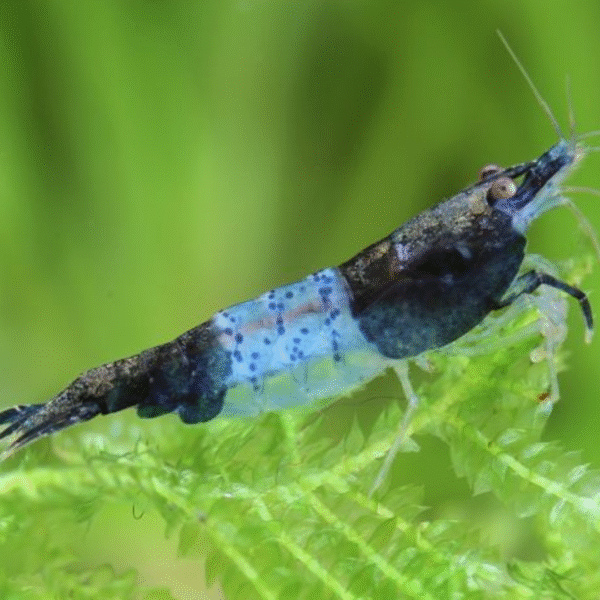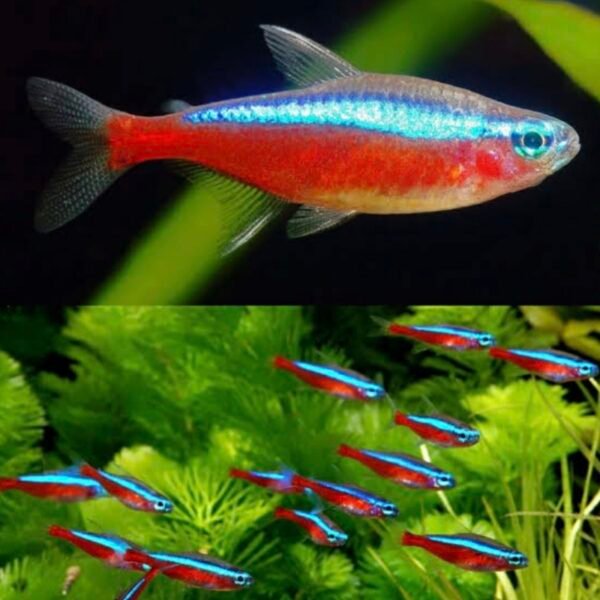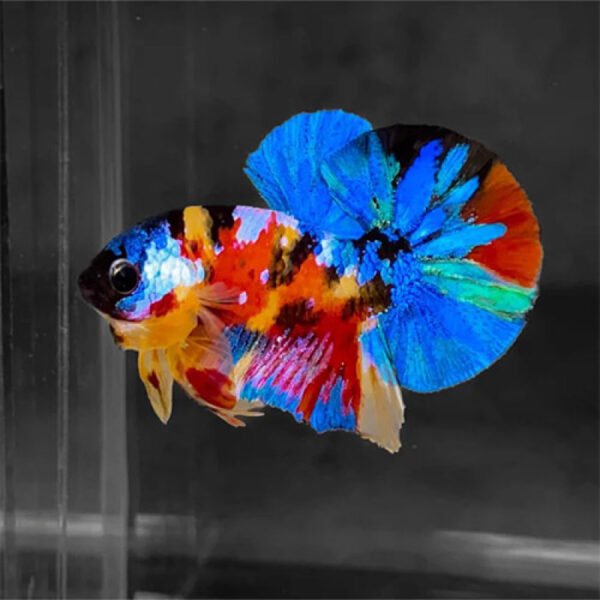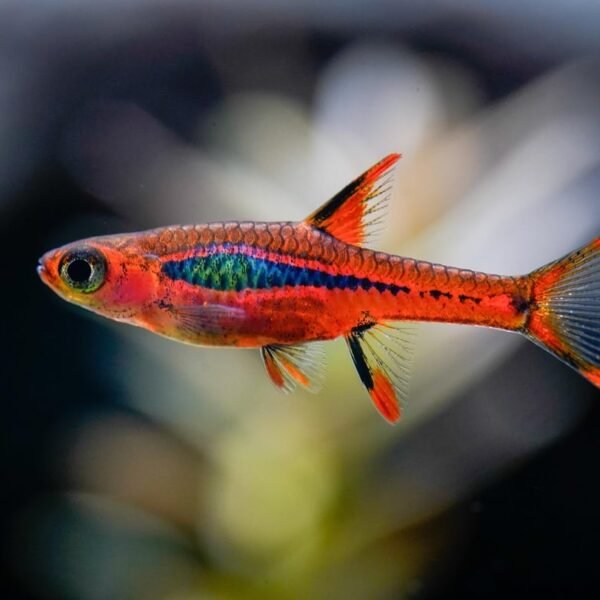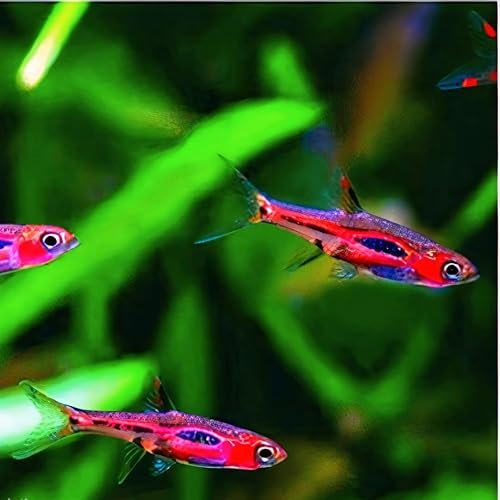Description
🐟 Black Bristlenose Pleco (Ancistrus sp.)
📌 Basic Info
-
Scientific Name: Ancistrus sp.
-
Family: Loricariidae
-
Origin: South America (Amazon River Basin)
-
Size: 4 – 6 inches (10 – 15 cm)
-
Lifespan: 5 – 10 years
-
Tank Zone: Bottom dweller
🌊 Water Parameters
-
TDS: 150 – 300 ppm
-
pH: 6.5 – 7.8
-
Temperature: 22 – 27°C (72 – 81°F)
-
Hardness: 2 – 12 dGH
🐟 Characteristics
-
Deep black or dark brown body, sometimes with faint spots.
-
Males develop bristle-like whiskers on their snout.
-
Peaceful, hardy, and one of the best algae eaters.
-
Stays much smaller than Common Plecos, making them perfect for community tanks.
-
Mostly nocturnal but will come out during the day in a safe environment.
🍽️ Food
-
Type: Omnivorous with a preference for plant-based food.
-
Diet: Algae wafers, spirulina pellets, zucchini, cucumber, spinach, peas, and driftwood (fiber aid). Occasional protein like bloodworms.
-
Feeding: Once daily; remove uneaten veggies after 24 hours.
🛠️ Maintenance
-
Tank Size: Minimum 30 gallons for one adult.
-
Filtration: Strong filter, well-oxygenated water.
-
Decor: Driftwood, caves, hiding places, and plants.
-
Water Change: 25–30% weekly.
👥 Social Behavior
-
Minimum Group Size: Can live alone or in pairs; avoid too many males in small tanks (territorial).
-
Tank Mates: Guppies, Tetras, Mollies, Corydoras, Gouramis, Rasboras, and peaceful Cichlids.
-
Avoid: Aggressive or very large fish that may bully them.
✅ Do’s
-
Provide driftwood – helps digestion.
-
Keep hiding spots (caves, plants, wood).
-
Offer vegetables along with algae wafers.
❌ Don’ts
-
Don’t rely only on algae for their food.
-
Don’t keep them in very small tanks (<20 gallons).
-
Don’t overcrowd males in a small space.
⭐ Quick Tips
-
Black Bristlenose Plecos are small, hardy, and beginner-friendly algae eaters.
-
Great choice for planted and community tanks.
-
Unlike Common Plecos, they don’t outgrow normal aquariums



